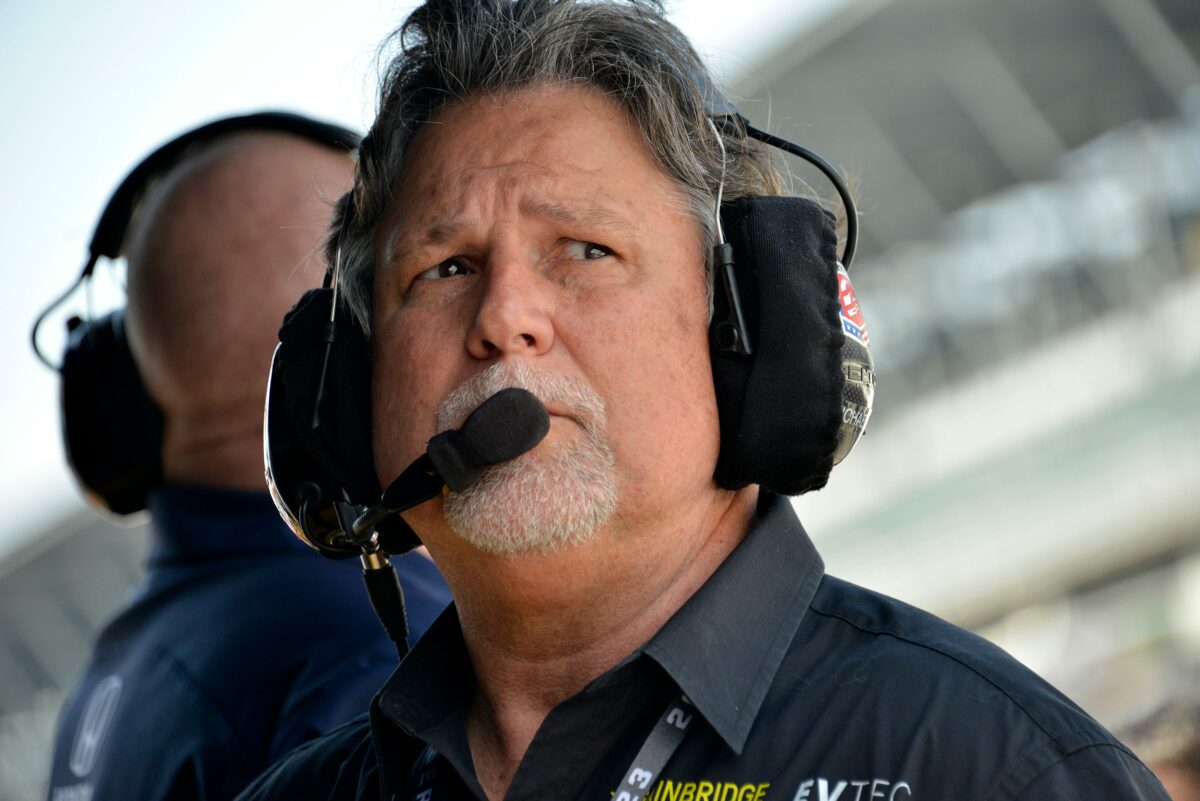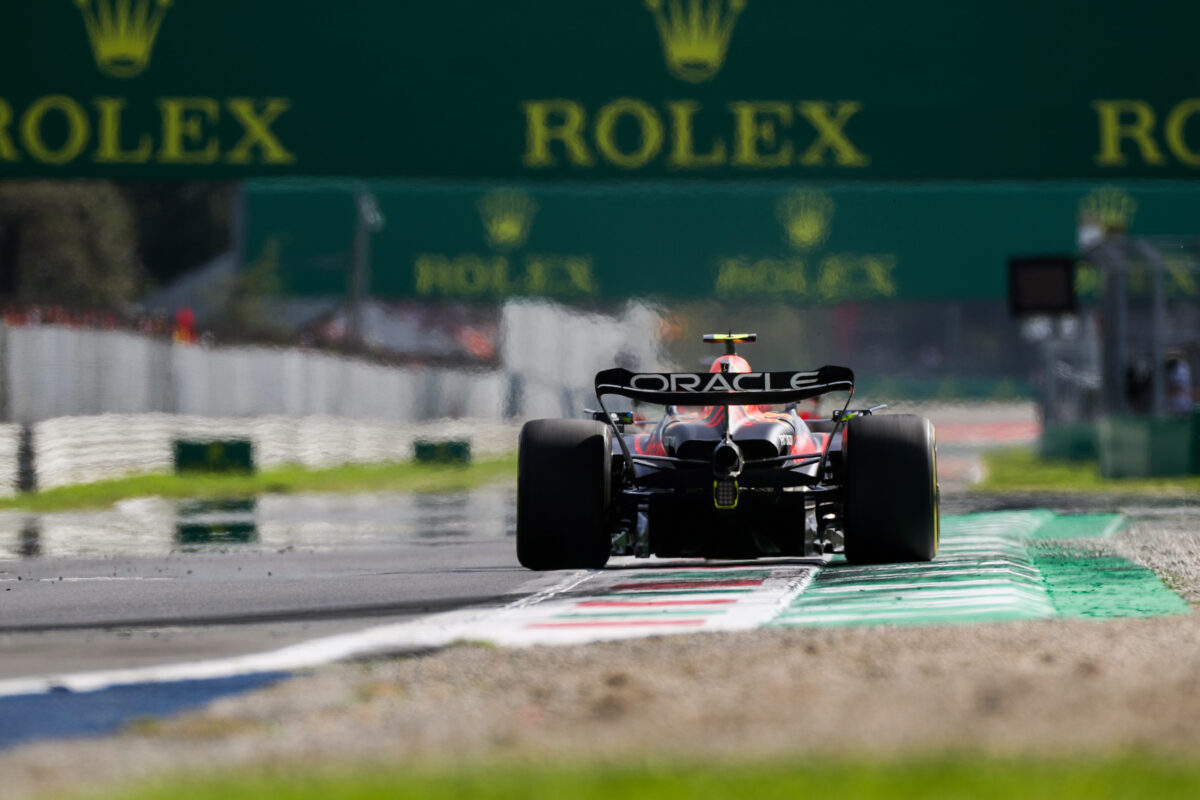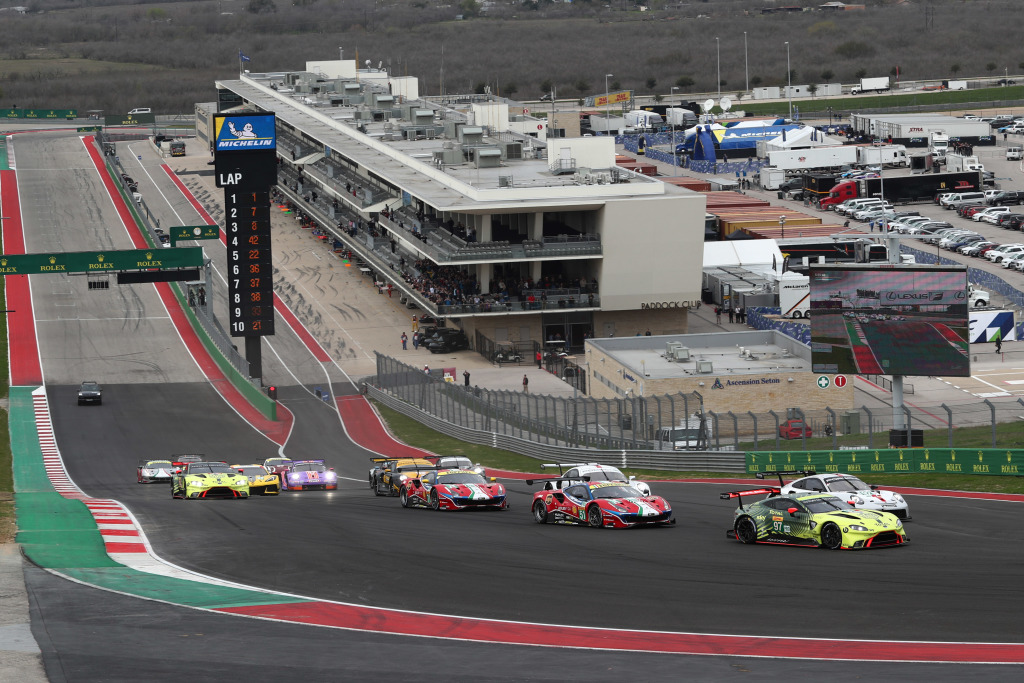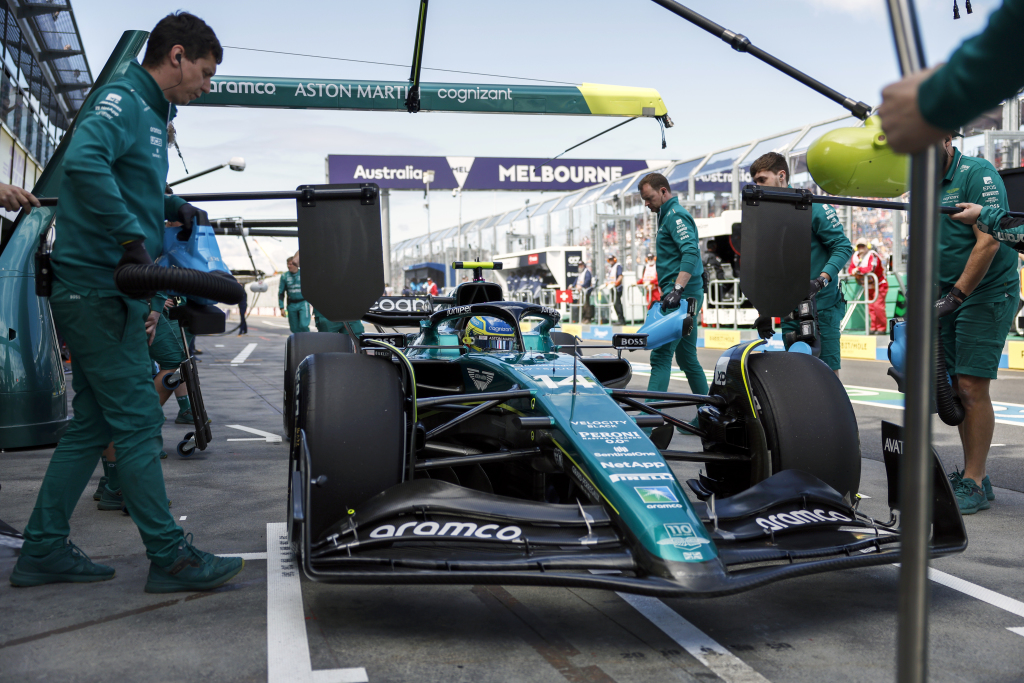Michael Andretti has been looking to field a team on the Formula 1 grid for some time now, and his aspirations took a big step forward on Monday.
Andretti’s hypothetical 11th team was approved by the Fédération Internationale de l’Automobile (FIA) on Monday, bringing him one step closer to entering F1. Andretti was one of four teams that had advanced through to Phase 2 of the FIA’s evaluation, but it was the only one to be officially approved.
That doesn’t mean Andretti is confirmed, however. The final step in seeking approval is negotiating with Formula One Management, or FOM, to discuss the commercial terms of Andretti’s potential return. This is likely to be the most difficult part of the process, as F1 teams and FOM have previously discussed their desire to keep the F1 grid at 10 teams.
OFFICIAL: Andretti is the only new team application approved by the FIA
Will now be referred to FOM for commercial discussions#F1
— Chris Medland (@ChrisMedlandF1) October 2, 2023
The hang-up from F1 teams and FOM comes from revenue sharing. With an 11th team on the grid, funds dispersed through marketing and pots won through the World Constructor’s Championship would be split thinner, and teams are reluctant to allow this with a potential new entry. The entry fee for an incoming team was initially set at $200 million — a fee that Michael Andretti claimed he was willing to pay — but F1 teams have attempted to vastly increase that number by claiming it isn’t enough.
Here is what Formula 1 officially said after the FIA’s approval, per Chris Medland of Racer:
“We note the FIA’s conclusions in relation to the first and second phases of their process and will now conduct our own assessment of the merits of the remaining application.”
Time will now only tell if Andretti’s team, which is partnering with Cadillac of General Motors, will be approved to join F1 or will be rejected in favor of the current 10 F1 teams.
[lawrence-auto-related count=5]




